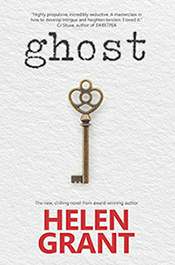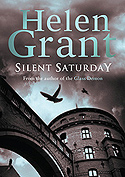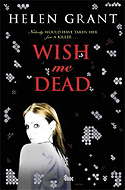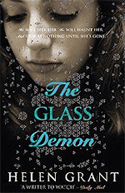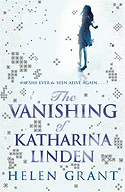I hadn't visited Newcastle for a very long time - decades, I think. This is not very surprising since we lived abroad for quite a while. Anyway, I was very keen to see something of the city while we were there. I went down to the quayside and photographed the Gateshead Millennium Bridge, and went up to the frankly terrifying glass viewing box on the fifth floor of the Baltic arts centre. We also did some shopping and drank mulled wine at the Christmas market. I think, however, the thing that I enjoyed the very most was visiting the Laing Art Gallery, which is very close to the City Library.
I visit art galleries fairly often with my art-loving teenage daughter, who has made me stand in front of all sorts of surrealist, cubist, conceptual and expressionist art. Personally I like older stuff, so I was thrilled to see that the Laing gallery has an "18th and 19th century" room. I made a bee line for it. It did not disappoint - there was a brilliant selection of paintings, the most famous of which is probably William Holman Hunt's gorgeously ominous Isabella and the pot of basil.
I very much liked this painting, by John Martin, entitled The Bard.
According to the notice on the wall next to it, the painting shows the destruction of the Welsh bards by King Edward I. You can see the last remaining bard defiantly poised on a cliff top, clutching his harp.
Here's a close up of that bard:
I was unreasonably fascinated by this painting. Why would anyone want to wipe out all the bards? It seems to me that that is taking "not really being into the Arts" to extremes. Before anyone writes in to explain exactly why King Edward I did this, I am going to look it up. I am just enjoying speculating a bit first. I'm guessing the bards were peddling subversive songs or something. I quite like to imagine them standing under King Edward's bedroom window strumming on their harps and launching into "There was a young fellow named Eddie" or similar, until he lost his kingly temper.
Anyway, I did eventually manage to tear myself away from The Bard and look at the other paintings in the room, and it was then that I came upon this one:
It's called The Unknown and it's by John Charles Dollman. There was also an information panel for this painting, which talked about mythology and symbolism, but however you dress it up, it's a topless woman giving a lesson to chimps. I absolutely love this painting. Aside from the breezily confident lunacy of the subject matter, it absolutely begs the viewer to make up their own story about what is happening. In fact, some of my friends did make up their own stories, after I posted the painting on Facebook:
I put it on Twitter, too (you can never see a picture of chimps having a lesson too many times) and fellow author Kate Wiseman surmised:
Then, of course, you have to wonder why that one particular chimp has gone off, while the others are still listening. Is that the chimp who is going to become the leader of the new chimp civilisation? Or is that the chimp who can't be bothered, and has gone off to see if there are any bananas, leaving the others to construct a democratic chimp state by themselves? So many questions.
That's the beauty of a really striking painting. It fills our heads with new stories. If you have any ideas about what's going on, feel free to share! And in the meantime, if you find yourself in Newcastle (or need an excuse to go) do visit the Laing Gallery. The chimps await.
"Pah, I'm not listening to any more of this. Planet of the Apes is on the telly."












